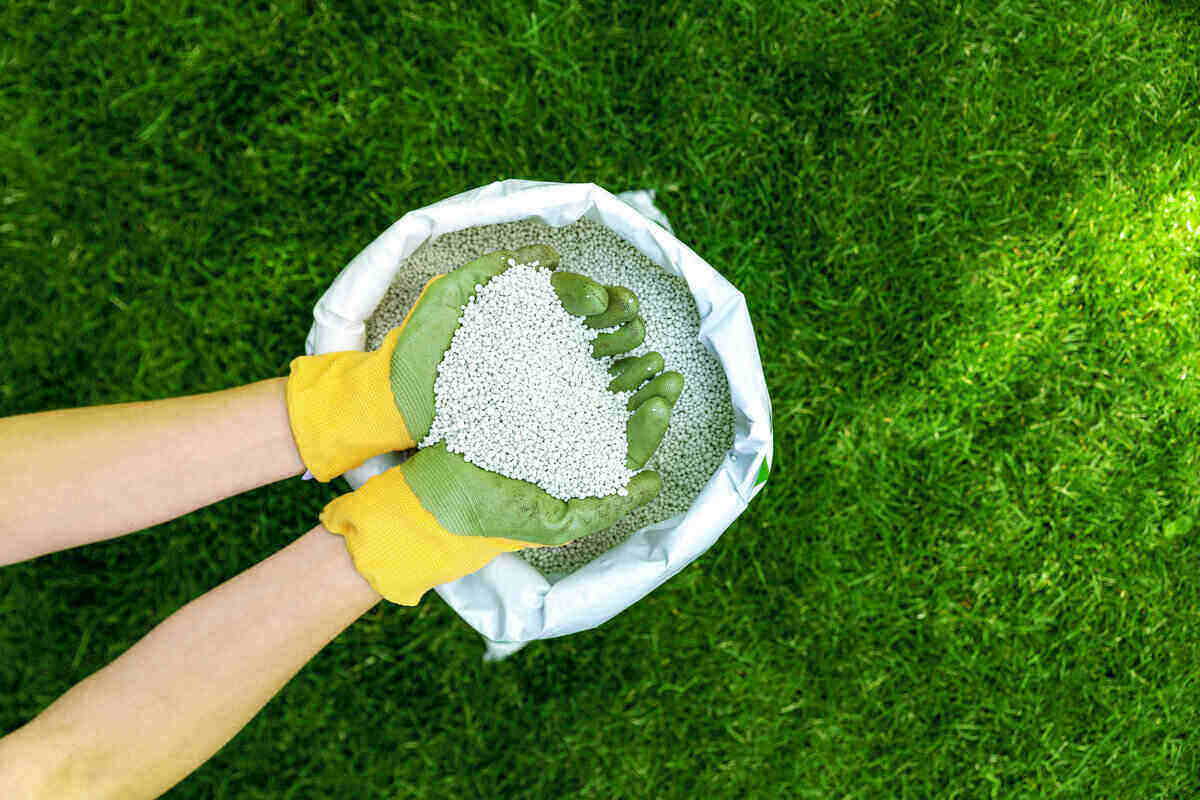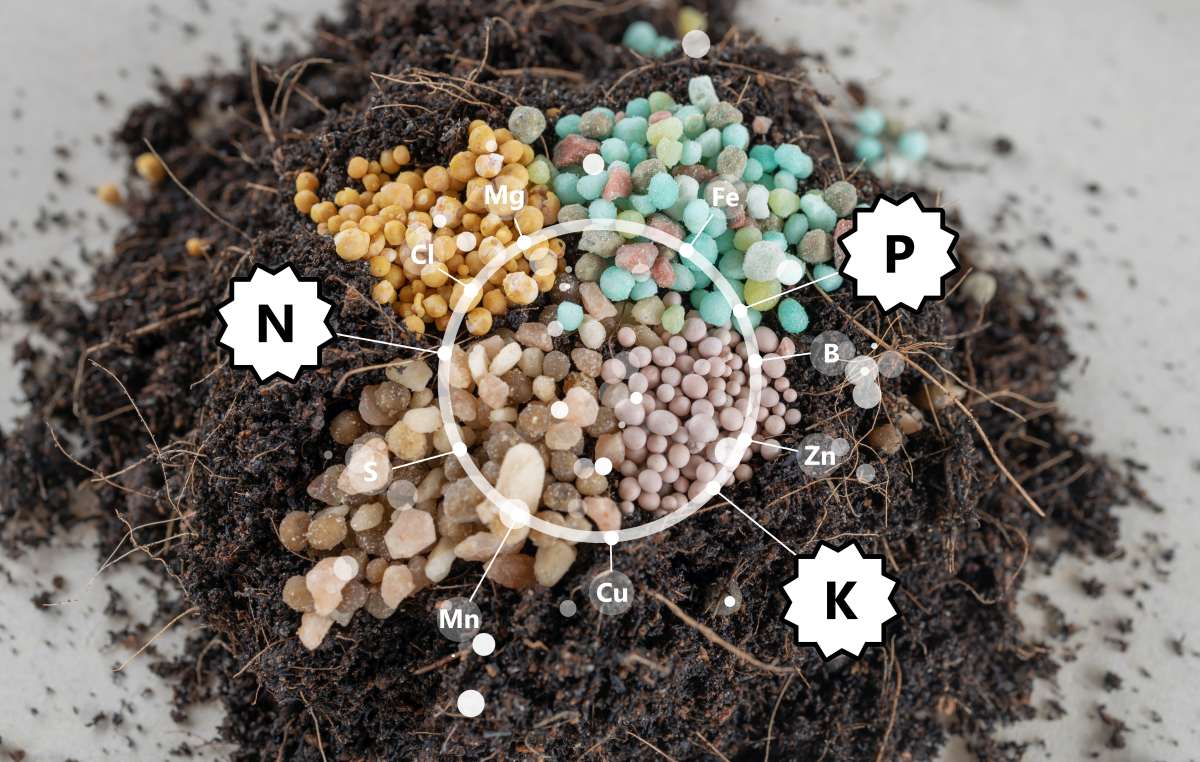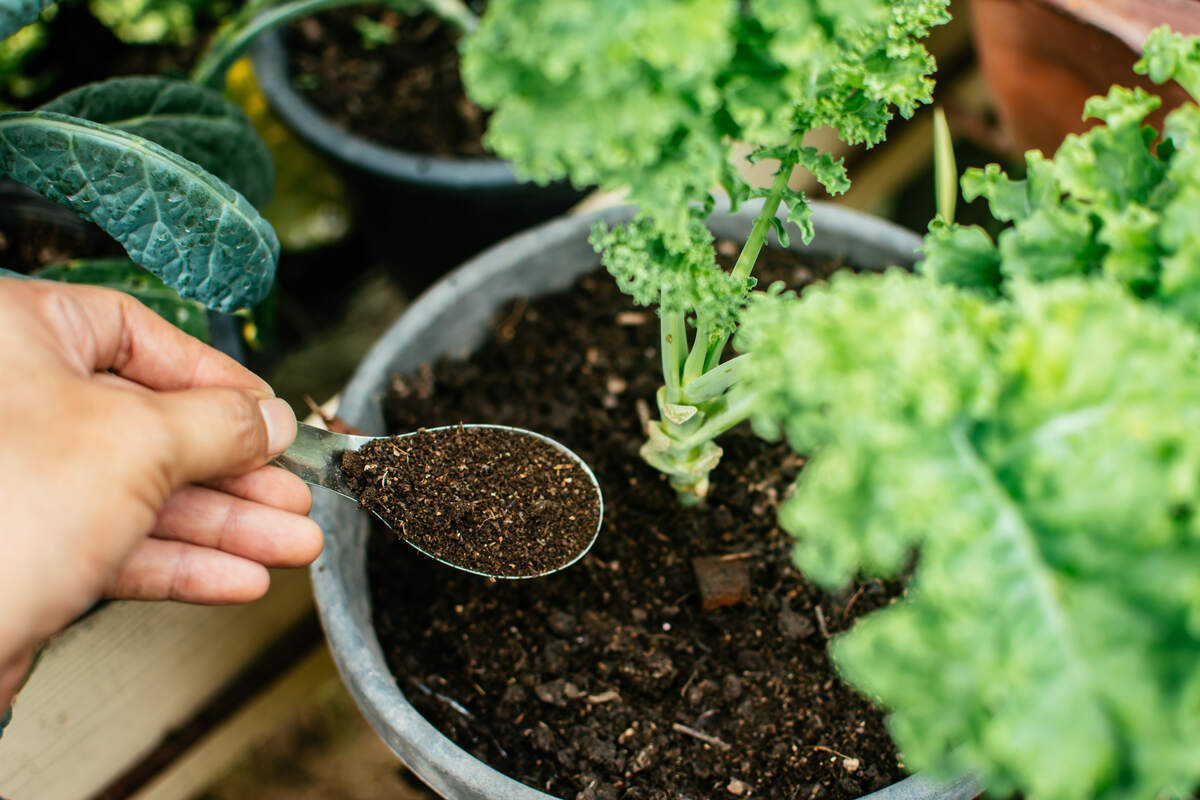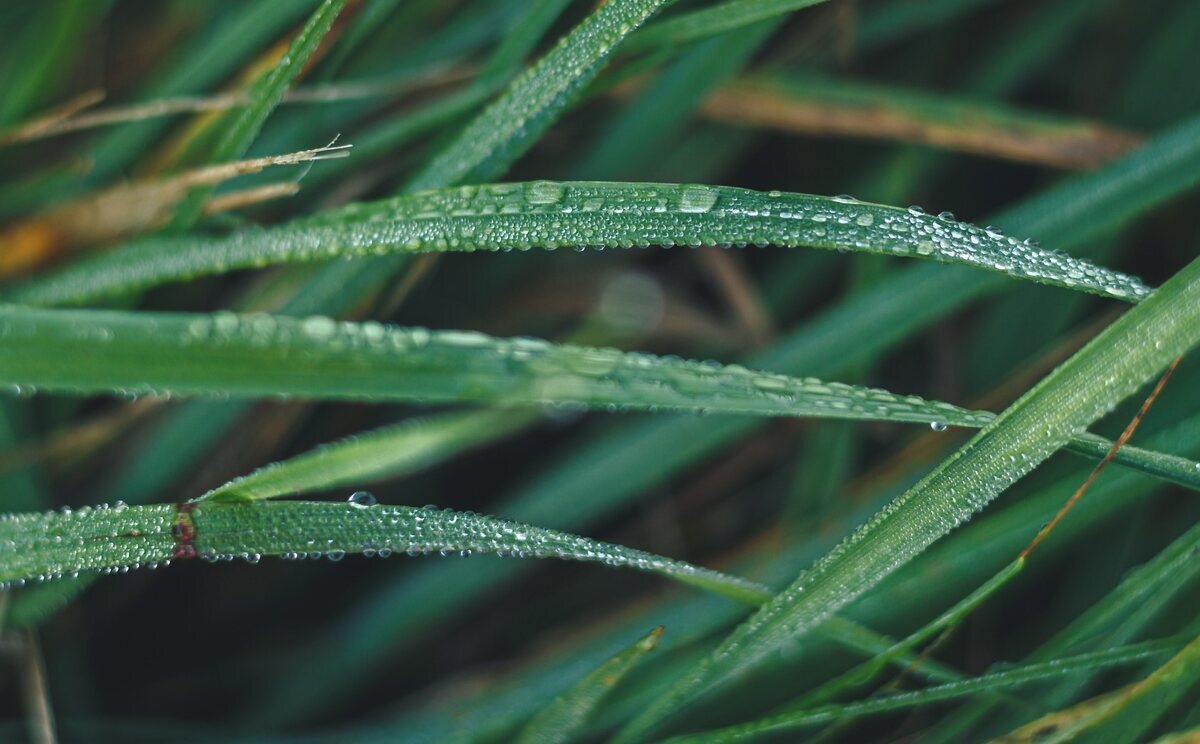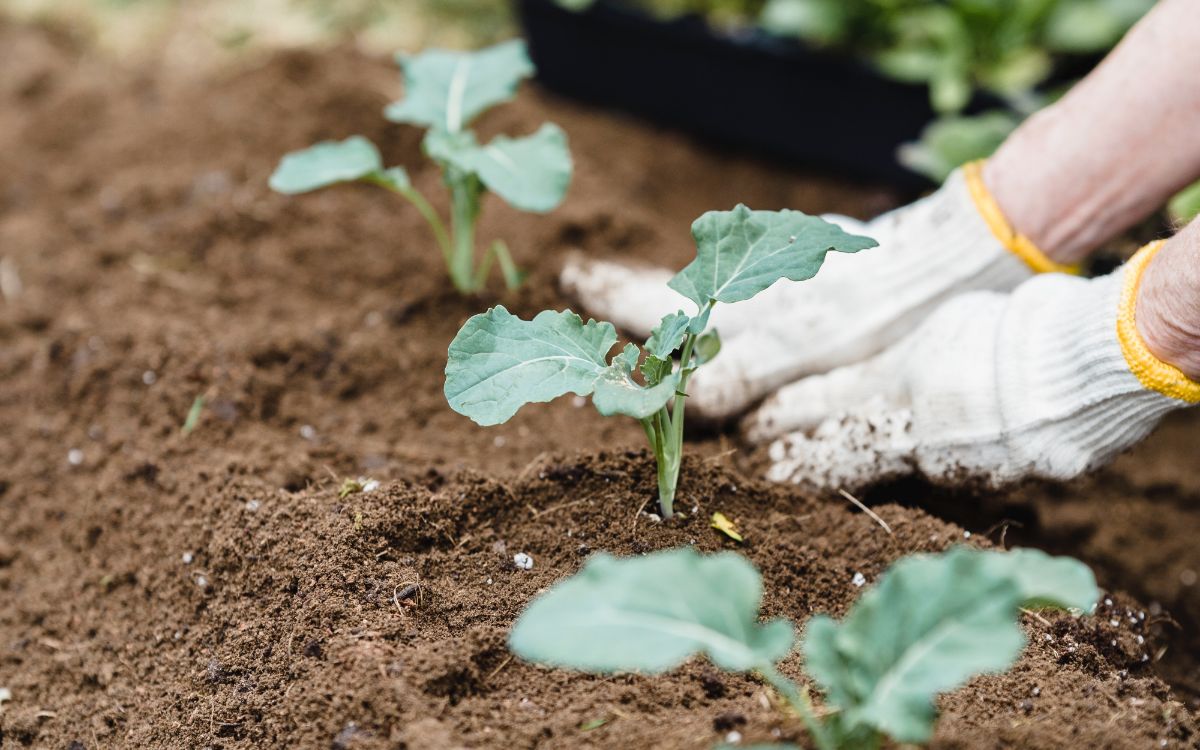
Fertilizer prices have skyrocketed recently, leaving many homeowners wondering how to save money and prepare their own plant food.
At the end of March, for instance, nitrogen fertilizer prices jumped 43% due to supply shortages. The good news: You don’t have to be a mad scientist to make your own fertilizer at home. In fact, many organic fertilizer recipes use ingredients you already have at home, or even things you might otherwise throw out.
Most fertilizers for your garden contain different ratios of three basic essential nutrients: nitrogen, phosphorus, and potassium. This nutrient combination is commonly abbreviated to “NPK.” Luckily, “NPK” ratios can be found in many household items and waste, or created with a few simple recipes.
7 Ways to Make Your Own Fertilizer
1. Grass Clippings
Don’t put that trimmed grass on the curb after you mow. Grass clippings can act as a natural mulch and fertilizer for your garden soil. Simply cast them over your flower or vegetable garden to introduce new nutrients and protect your plants.
Warning: if your lawn is struggling with diseases like dollar spot or brown patch, don’t fertilize with clippings.
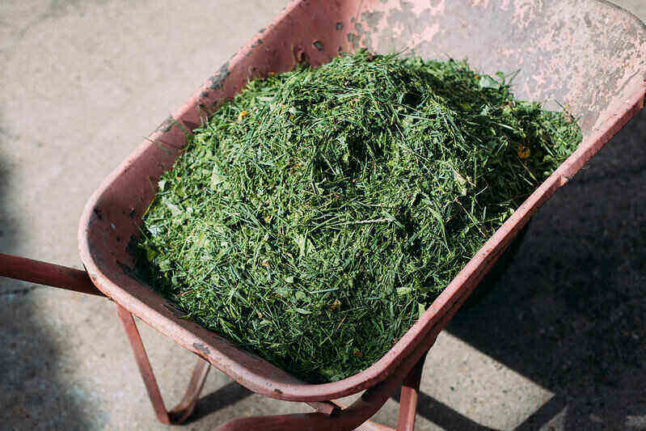
2. Bone Meal
Turn the scraps from your next wing night into an effective and thrifty fertilizer. Bone meal is rich in phosphorus, and while it’s often sold packaged in stores as fertilizer or animal feed, it’s easy to make at home too.
To make a DIY bone meal fertilizer, follow these steps:
- Save and clean the animal bones from a few meals.
- Line a baking tray with cleaned bones, then bake at 284 degrees or higher for around three hours.
- Grind the baked bones in a mortar and pestle or stone grinder to create a fine powder.
- Set a large pot of water to simmer over medium heat and add the powder.
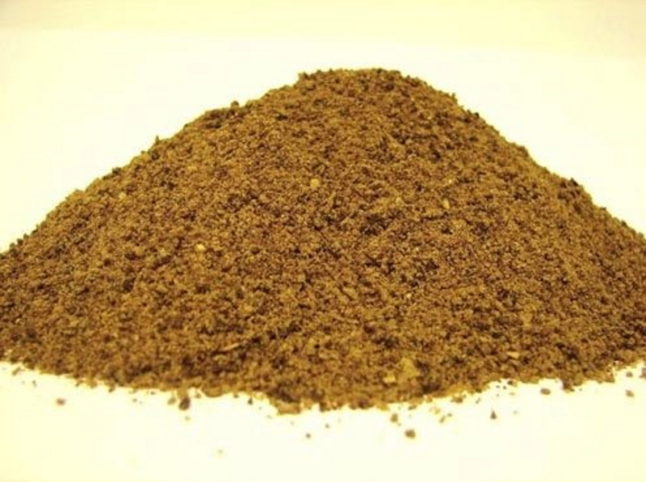
3. Eggshells
More eggs than chickens in your kitchen? Eggshells are loaded with calcium carbonate, which can lower the pH of your soil and provide your plants with essential calcium. Eggshells are especially great for acid-loving plants like blueberries.
Just wash and crush your eggshells, then scatter them into the garden bed. You can also make a liquid fertilizer by steeping the eggshells to create “shell tea.”
4. Coffee Grounds
Coffee grounds are an excellent source of nitrogen, and can encourage the growth of beneficial microorganisms. You can save the pot from your morning cup of joe and cultivate the used coffee grounds directly into your soil, or incorporate them into a compost pile along with the paper filters.
5. Compost
If you want to take your kitchen scraps to the next level, consider making your own compost. Mixing organic matter like eggshells, banana peels, and coffee grounds in a bin or compost pile before you apply it to your yard can create a better nutrient ratio. Composting also allows kitchen scraps to decompose, making the plant food easier to digest.
Looking for a liquid fertilizer? Mix compost with water to create compost tea.
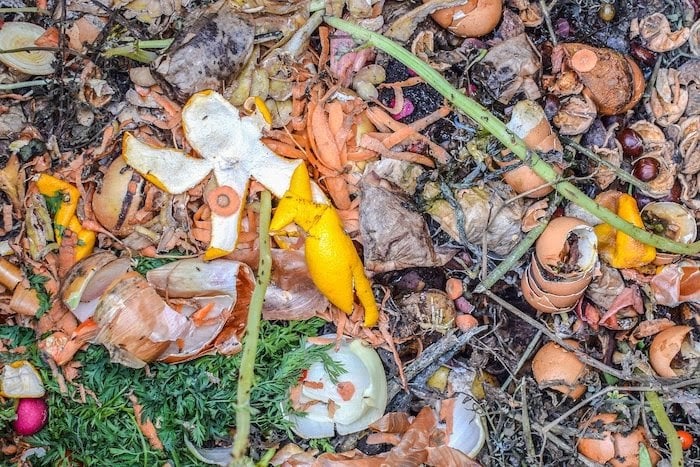
6. Wood Ash
The wood ash in your fireplace is often considered a waste product of burning wood, but in the 1700s, wood was often burned to produce ash for fertilizer. It’s full of calcium, but also loaded with other nutrients that trees absorb from the soil, including potassium, phosphorus, and magnesium.
7. Aquarium Water
If you have a fish tank, you also have a fertilizer-making machine. Old aquarium water is bad for your fish, but it’s loaded with bacteria and nutrients that make it great for your houseplants and garden. Save your aquarium water next time you change it and use it to water your plants – easy, free fertilizer!
FAQ About Making Your Own Fertilizer
A homemade fertilizer mix can be made by combining different nutrient-rich ingredients in a compost bin or pile. If you’re not sure what your plants need, aim for a 10-10-10 NPK ratio – 10% nitrogen, 10% phosphorus, and 10%potassium. This balanced ratio will provide your plants with an even array of essential nutrients.
It’s easy to make liquid fertilizer at home with bone meal, eggshells, aquarium water, or compost tea.
The best homemade fertilizer for your plants will depend on what nutrients they need. If you’re concerned about getting it right, get a soil test to determine what fertilizer is right for you.
Good for Your Garden and Your Wallet
Making your own garden fertilizer from household items and waste is a fun and thrifty way to make sure your plants get plenty of nutrients. You’ll save money on fertilizer, do wonders for your organic garden, and put things to use that would otherwise go into the garbage or down the drain.
With our seven simple solutions, it’s easy to learn how to make your own fertilizer at home. If you’re looking for help along the way, though, our lawn care professionals are just a call or click away.
Main Photo Credit: Greta Hoffman / Pexels
